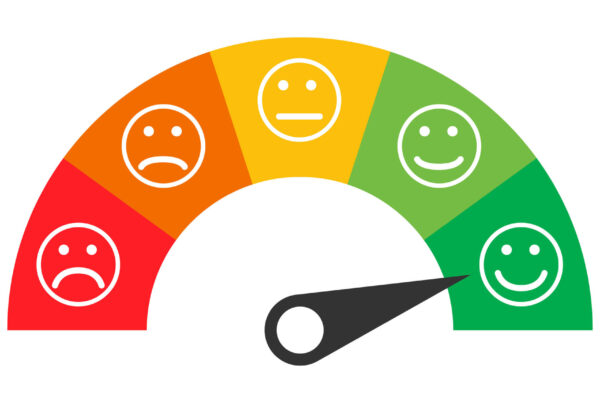Last Updated on May 31, 2023 by Dave Schoenbeck
Business owners frequently ignore or aren’t familiar with how to use customer lifetime value. They tend to look at the upfront expenditure needed to complete a sale as an expense rather than an investment. They calculate the sales minus the cost of sales and marketing to determine the profit achieved.

However, the enlightened leader understands that when the average customer rebuys multiple times over several years, the sales & marketing expense is insignificant. When you redo the math to consider this, it is a much more profitable investment over a more extended period. That’s why maximizing customer lifetime value is so significant.
Here is an example: Suppose it costs you $1,000 to attract and close a new customer. That sounds like an expensive outlay. However, if your average sale is $10,000, the customer will likely rebuy for the next five years. Your sales will be $50,000 over the lifetime. If your net margin on each sale is 30%, your lifetime profit is $15,000. Your $1,000 investment is only 2% of sales and 6.7% of the profit. Wouldn’t you spend that $1,000 with a smile on your face? I would spend every day!
What Is Customer Lifetime Value?
The simplest definition of customer lifetime value, or CLV, is the amount a customer is worth to a business throughout their lifetime.
This concept’s thought leader is Dr. Peter Fader, a professor who founded his consumer data analytics company, Zodiac. He pioneered the customer lifetime value model, helping companies predict how long a customer will continue to purchase a product, how many times they’ll make a transaction, and how profitable those transactions will be.
This is also known as the “buy-til-you-die model.” The calculations are as follows:
E[X(t)] = expected number of transactions in the length of time t (given a customer’s recency and frequency)
Once you have this expected number of transactions, you can multiply this by the average value of their order to find the customer lifetime value.
Maximizing Customer Lifetime Value
Maximizing customer lifetime value is a much more profitable sales strategy in the long run than acquiring new customers. After all, your marketing has already worked once before. Your customers have already made a purchase. Now you need to convince them to come back.
The tricky part is fine-tuning your process to ensure your customers keep buying. Here are a few common touchpoints to investigate:
- How is your customer service? If it’s lacking, you could be losing customers.
- How often do your customers hear from you? If you communicate too often, you might put people off through cold calls or emails. Conversely, they may forget about you and go elsewhere if communication is too infrequent. A reputable research study showed that 67% of customers leave their providers due to perceived indifference. Did you care enough to impress your customer?
- Are you listening to feedback? Sometimes the customer does know best, especially when it comes to a product or service they use regularly. Don’t write off customer complaints—learn from them. Strongly consider digital surveying of your customers. You will get the unvarnished feedback you need.
- Are you upselling and cross-selling? If a customer has already tried your product or service, they might be amenable to upgrading or trying other products and services the next time. It never hurts to ask.
- Do you have and use CRM software? Poor organization can cost you when it comes to maintaining customer relationships. Customer relationship management software can help you stay on top of this.
Understanding and maximizing customer lifetime value are fundamental to your business. A business coach can help. Click here to fill out my “get started” form for a complimentary coaching session to focus on CLV techniques’ importance.
Coach Dave


